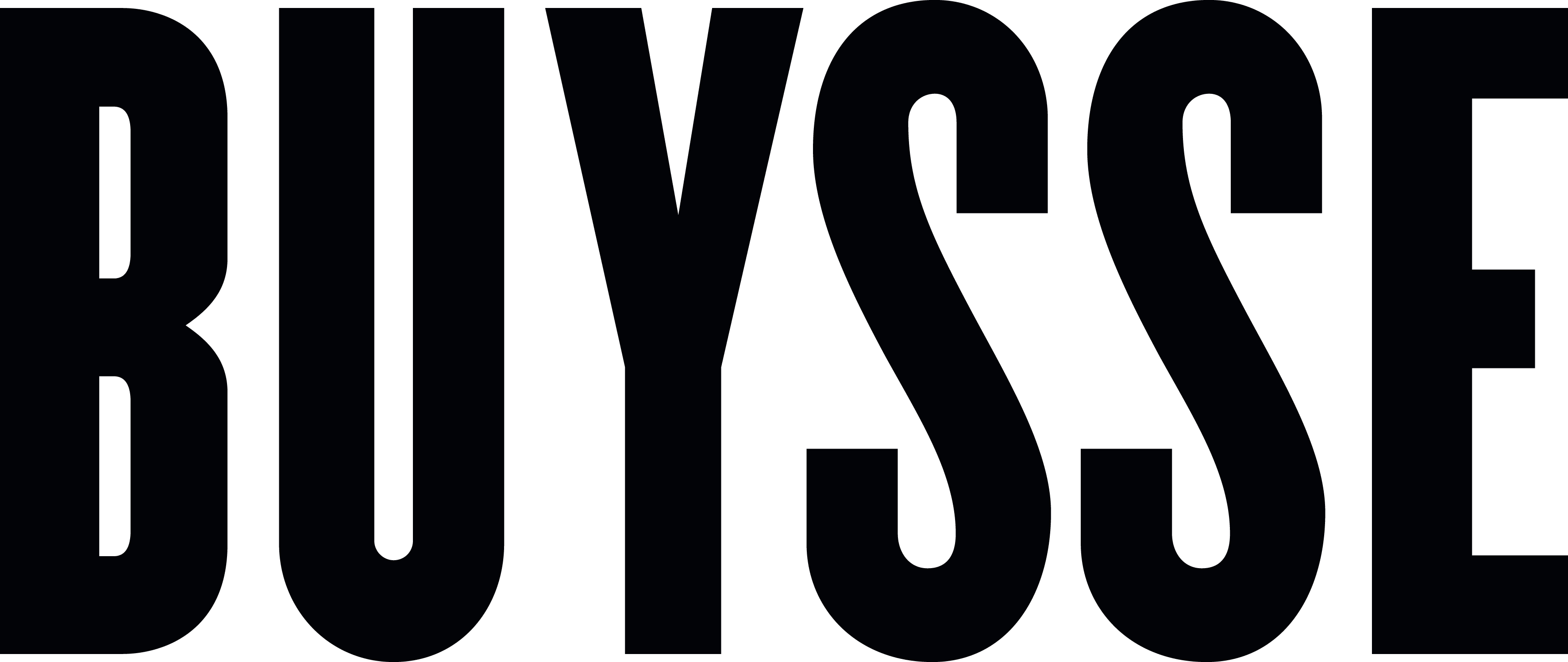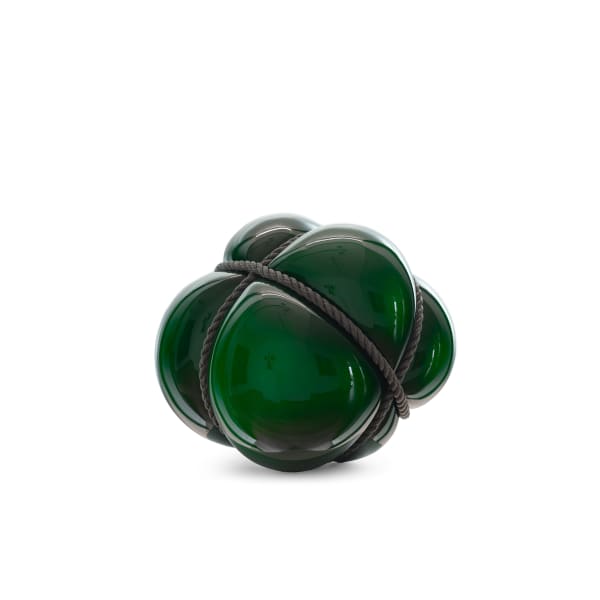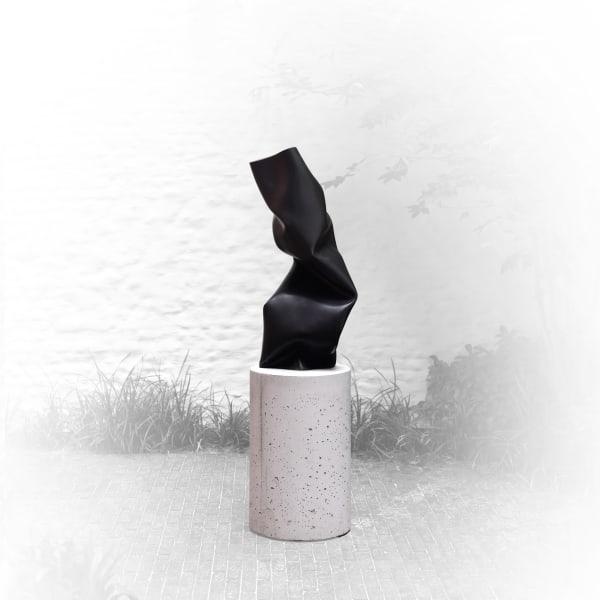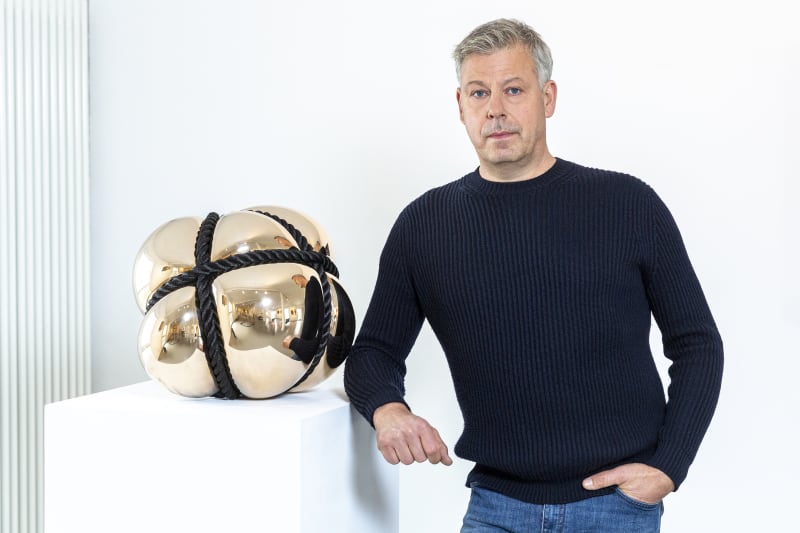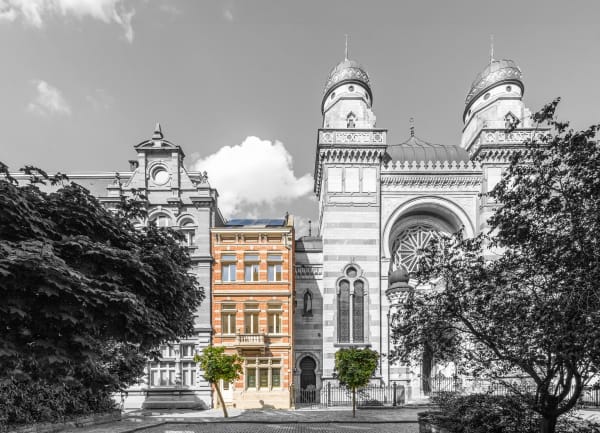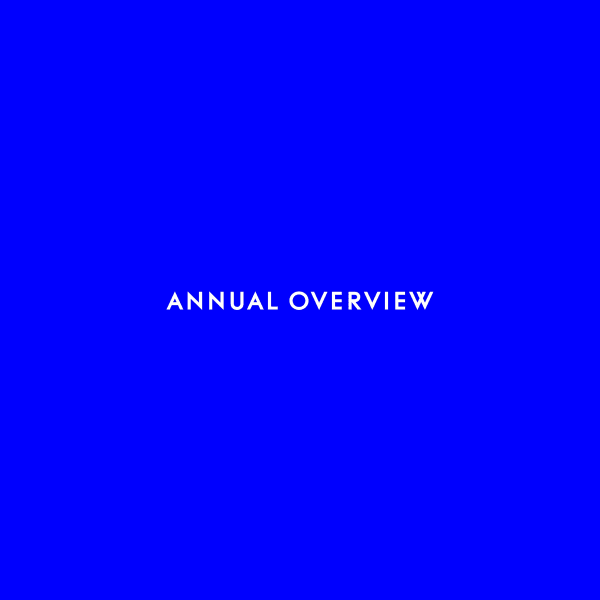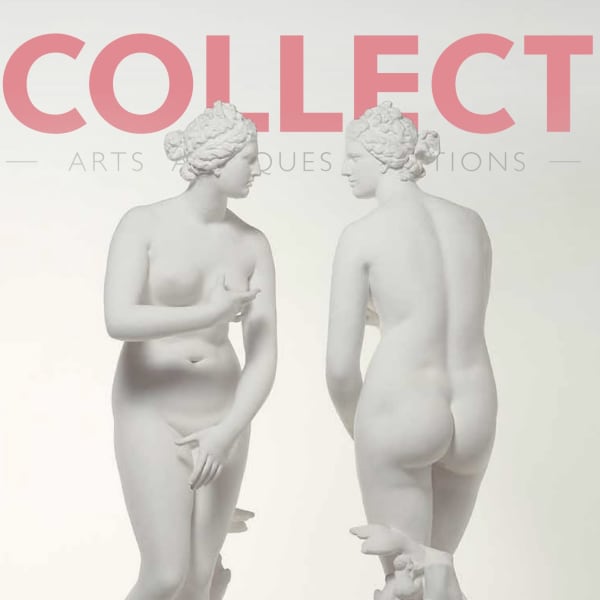Stephan Marienfeld German, b. 1966
"Stephan Marienfeld explores the boundaries of materiality and form, creating sculptures that provoke contemplation through their dynamic tension between control and freedom."
Stephan Marienfeld, born in 1966, is a German sculptor whose work examines the intersections of material, form, and perception. Trained as a stone sculptor and an assistant to Anthony Cragg, he has taught at the Freie Kunstakademie in Essen since 2003. His signature "Bondage" series and the vibrant "Dislikes" sculptures investigate contrasts between soft and hard forms, presenting works that challenge traditional notions of sculptural materiality. Marienfeld's practice spans mediums such as bronze, aluminum, concrete, and lacquered polyester, and his work has been exhibited internationally, including at the Venice Biennale.
"The act of creating a sculpture is, for me, about exposing the tension between material and its limits. In my works, I aim to engage the viewer in a dialogue between what is seen and what is felt, between the tangible and the imagined."
Stephan Marienfeld, born in 1966, is a German sculptor whose practice redefines traditional approaches to material and form. Trained as a stone sculptor and serving as an assistant to Anthony Cragg, Marienfeld's early career was shaped by his exposure to methods that challenged the conventional boundaries of sculpture. Since 2003, he has held a teaching position at the Freie Kunstakademie in Essen, where he continues to contribute to the development of emerging talents in the arts.
Central to Marienfeld's body of work is his "Bondage" series, which juxtaposes soft, rounded forms constrained by tightly drawn ropes. These works investigate the tension between freedom and control, inviting viewers to consider the interplay of opposites within their tactile, highly polished surfaces. Similarly, his "Dislikes" series employs vibrant colors and fluid shapes in lacquered polyester, presenting objects that seem simultaneously playful and restrained, often bound to walls, trees, or other structures. Through these series, Marienfeld invites exploration into the physical and emotional boundaries of materiality.
Marienfeld's sculptures span a variety of mediums, including bronze, aluminum, concrete, and high-gloss finishes, often referencing organic, biomorphic shapes or the human form. His works are free-standing, demanding engagement from all angles, with surfaces that respond dynamically to light and shadow. This interplay of perception and materiality lies at the heart of his practice, blending formal precision with conceptual depth.
Over his career, Marienfeld has exhibited internationally in prominent spaces, including the Venice Biennale and the Museum Voorlinden, and his works are featured in private and institutional collections. Recognized with numerous awards, his practice continues to evolve, maintaining its focus on material exploration and the dialogue between form and viewer.
-

SHIFT: Abstract Transformations Expanded
Groupshow 26 December 2024 - 2 February 2025An expanded iteration of Buysse Gallery’s acclaimed exhibition Shift, this show delves deeper into the transformative potential of abstraction. Featuring works by Bram Bogart, Cyrielle Gulacsy, Tom Van Puyvelde, Lieven Deconinck, and the newly added Chiharu Shiota, the exhibition explores the intersections of form, color, and materiality. Curated by Louis Buysse, this dynamic presentation offers fresh perspectives on abstraction, bridging generations and cultural contexts in a continually evolving dialogue.Read more -

SHIFT: Abstract Transformations
Groupshow 3 October - 22 December 2024SHIFT: Abstract Transformations at Buysse GalleryRead more
Experience SHIFT, the latest exhibition at Buysse Gallery in Knokke, showcasing a transformative journey through the evolution of abstract art. Featuring a dynamic lineup of contemporary and historical abstract artists, the exhibition bridges two generations, from the tactile, impastoed works of Bram Bogart to the optical and conceptual explorations of artists like Cyrielle Gulacsy, Tom Van Puyvelde, and Lieven Deconinck.
Discover vibrant and thought-provoking works that explore the materiality of paint, the interplay of light and shadow, and the dynamic possibilities of abstraction. SHIFT highlights artists such as Emanuel Seitz, Irina Ojovan, Damien Bénéteau, Stien Bekaert, and Tycjan Knut, each bringing unique perspectives to the dialogue between form, color, and texture.
This exhibition celebrates the transformative potential of abstract art, offering viewers an engaging experience of shifting perceptions and artistic innovation. Visit Buysse Gallery to immerse yourself in a curated exploration of modern and contemporary abstraction, where art challenges boundaries and evokes profound emotional and intellectual responses.
-

Curated Real Estate
BUYSSE X DAEMS ANTWERP 7 - 29 September 2024Experience the intersection of high-end art and luxury real estate at Buysse Gallery x Daems Antwerp’s Curated Real Estate pop-up exhibition. Featuring works by Tom Van Puyvelde, Silvia Giordani, Damien Bénéteau, and Stephan Marienfeld, this unique exhibition blends art with architecture, creating immersive environments that transcend traditional gallery spaces. Open from 7 to 29 September 2024, weekends only, at Bouwmeestersstraat 5, Antwerp.Read more
-

Editorial: Magazine 2024
Annual Overview 14 December 2024Discover the first issue of Buysse Gallery’s Magazine, offering an insider’s view into our curatorial process and featured exhibitions. Explore how we merge artistic passion with market insight to shape the contemporary art scene from our base in Knokke, Belgium.Read more -

Press: COLLECT Magazine
SHIFT: Abstract Transformations: Groupshow 1 October 2024SHIFT: Abstract Transformations Expanded (26 December 2024 – 2 February 2025) at Buysse Gallery explores the evolution of abstraction through works by Bram Bogart, Chiharu Shiota, Cyrielle Gulacsy, and others. Curated by Louis Buysse, it bridges historical and contemporary practices.Read more
